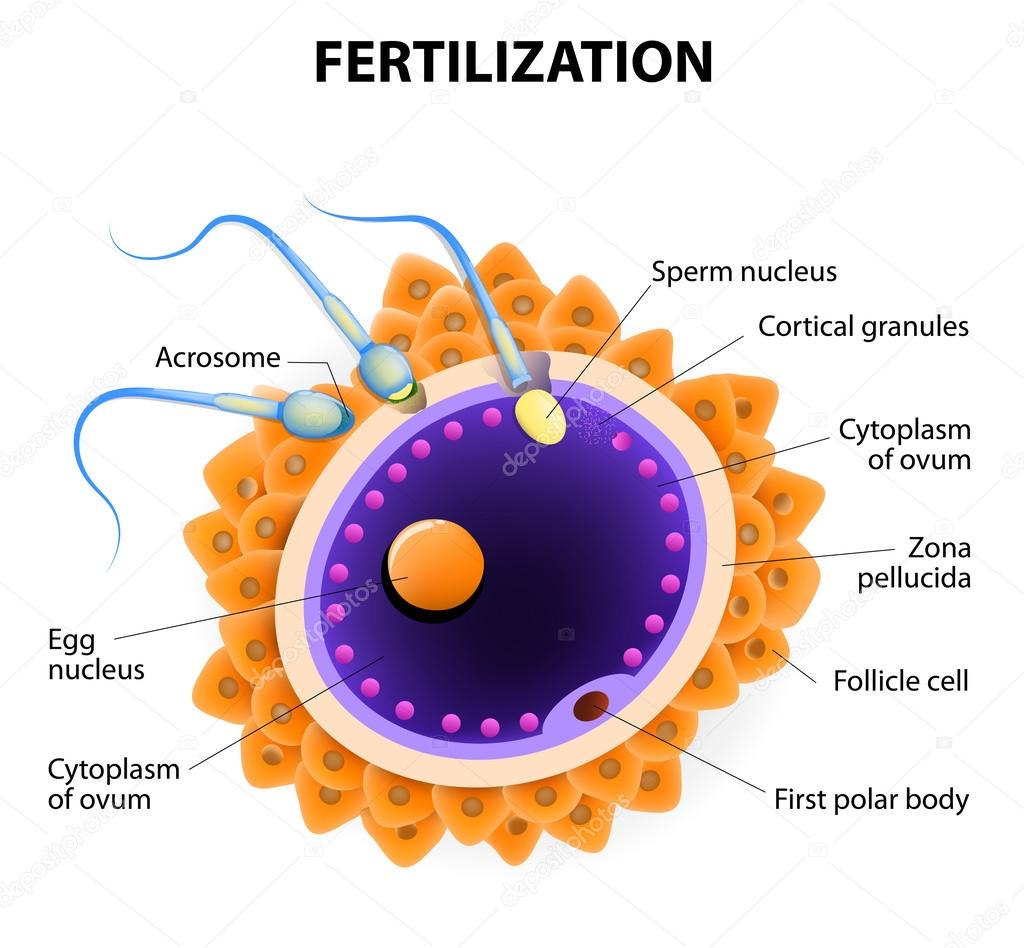Everything about "Boosting Your Garden's Fertility: Tips and Tricks for Successful Fertilization"

From Pollination to Fruitfulness: A Quick guide to Fertilization in Plants
Fertilization is a vital procedure that develops in the lifestyle cycle of plants. It is the process by which male and female procreative cells combine, resulting in the buildup of seeds and fruits. Without fertilizing, vegetations can easilynot make fruits or seeds, and reproduction can easilynot take place. In this write-up, we will definitely discuss the fertilization procedure in plants, including pollination, styles of fertilization, and elements influencing it.
Pollination

Pollination is the 1st measure in the fertilization process. It is the transactions of pollen from the male reproductive organ (strength) to the women procreative body organ (pistil) of a floral. There are actually two styles of pollination: self-pollination and cross-pollination.
Self-pollination takes place when pollen from a flower's endurance properties on its very own pistil. This can easily occur normally or synthetically by means of human assistance. Self-pollinating plants feature greens, grains, tomatoes, and peppers.
Cross-pollination develops when pollen coming from one floral is moved to another floral on a various plant of the very same species. Source may take place normally with wind or bugs such as bees or butterflies.
Styles of Fertilization
Once pollination has developed, fertilization can easily take location. There are two styles of fertilization: interior fertilization and external fertilizing.
Internal fertilizing takes place within blooms that possess both male and female procreative organs (hermaphrodite). The semen tissues generated by the stamen trip down to the ovules located at the bottom of pistil where they join along with egg tissues with a process phoned double fertilizing.
Outside fertilizing happens outside flowers where male gametes are released in to water physical bodies such as seas or pools to fulfill with women ovums for blend. Exterior fertilizers are normally aquatic organisms such as fish or frogs.
Variables Impacting Fertilisation
A number of aspects can influence fertilizing in plants. These feature the accessibility of pollinators, ecological health conditions, and genetic elements.
Schedule of Pollinators: Pollinators such as bees, butterflies, and other pests play a crucial task in the fertilizing process by transferring plant pollen coming from one blossom to another. The absence or decline of pollinators due to habitation loss, chemical usage or weather improvement can affect vegetation fertilizing leading to lessened crop yields and even extinction of certain plant species.
Ecological Conditions: Ecological ailments such as temp, humidity, and rainfall can easily likewise have an effect on fertilization. For occasion, higher temperatures can trigger pollen grains to dry out out or become nonviable while reduced temperatures might interfere with the advancement of procreative body organs leading to bad fertilization.
Hereditary Factors: Hereditary variables likewise participate in a duty in vegetation fertilizing. Different vegetations possess various mechanisms for self-pollination or cross-pollination relying on their hereditary make-up. Some vegetations have cultivated one-of-a-kind adjustments that allow them to bring in certain styles of pollinators while others depend on wind for pollination.
Conclusion
Fertilizing is a essential process that allows vegetations to recreate and make fruit products and seeds. Without it, we would not possess the abundance of food items plants that we appreciate today. Understanding the fertilization procedure is essential for farmers and gardeners who desire to strengthen crop turnouts with appropriate management techniques such as guaranteeing appropriate pollinator populations, offering appropriate environmental problems for growth, or selecting suited cultivars along with pleasing characteristics.
